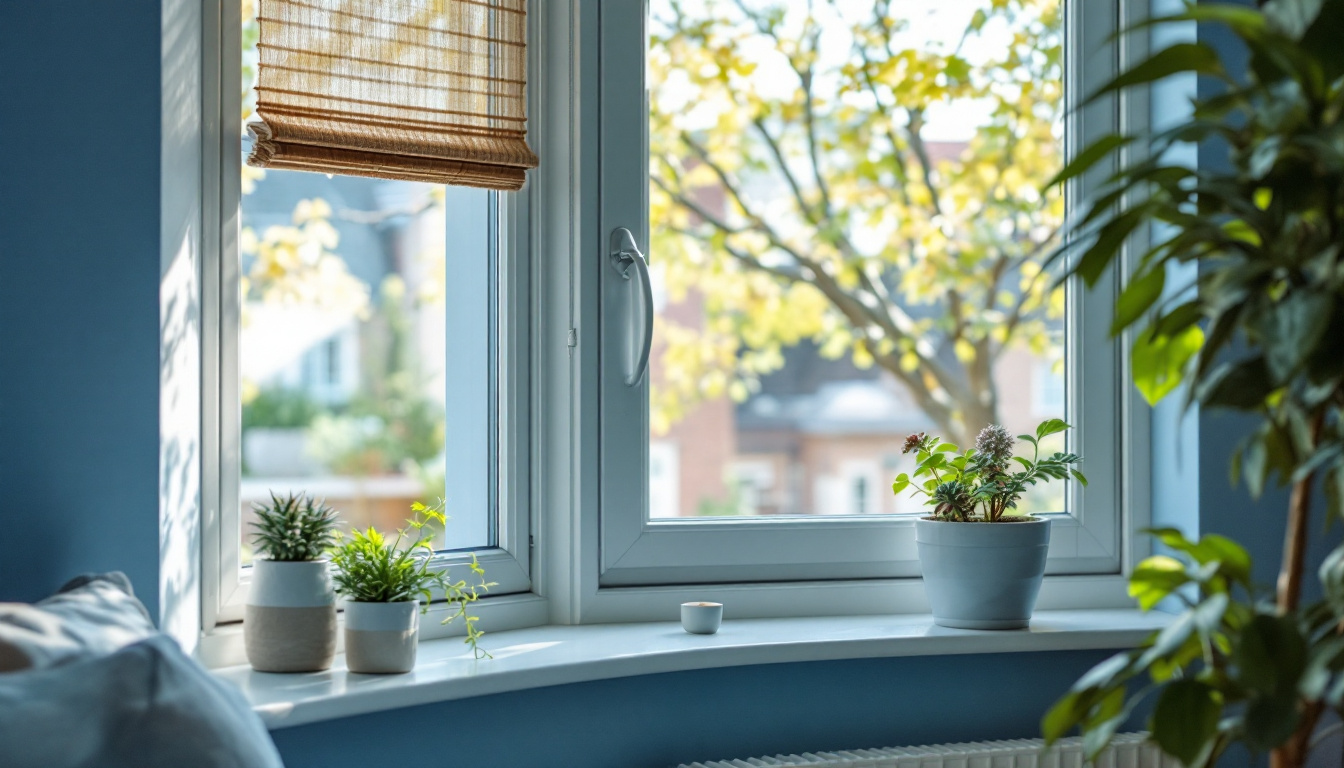When it comes to enhancing the aesthetic appeal and functionality of your home, choosing the right type of window is crucial. Bay and bow windows are two popular options that can transform your living space, but they are distinct in design, structure, and benefits. In this article, we will explore the differences between bay and bow windows, helping you make an informed decision for your home improvement project.
What Are Bay Windows?
Bay windows are a classic architectural feature that protrudes from the main walls of a building, creating a small alcove inside. Typically, a bay window consists of three panels: a large center window flanked by two smaller side windows. This design not only adds visual interest to the exterior of your home but also increases the amount of natural light that enters your living space.
Design and Structure
Bay windows are characterized by their angular shape, usually forming a 30 to 45-degree angle with the wall. This structure allows for a more pronounced projection from the house, creating a cozy nook inside. The center window is often fixed, while the side windows can be operable, allowing for ventilation.
Benefits of Bay Windows
- Increased Natural Light: The design of bay windows allows for more sunlight to enter your home, brightening up your living space.
- Enhanced Views: With a wider field of vision, bay windows provide stunning views of your surroundings.
- Additional Space: The alcove created by bay windows can be utilized for seating, plants, or decorative elements, adding functionality to your home.
What Are Bow Windows?
Bow windows, on the other hand, are similar to bay windows but feature a more curved design. They typically consist of four or more window panels that create a gentle arc, providing a softer appearance. This design allows for a more expansive view and a unique architectural style that can complement various home designs.
Design and Structure
Unlike bay windows, which have a defined angle, bow windows create a smooth, rounded projection from the wall. This curvature is achieved by using multiple window panels, which can be either fixed or operable. The result is a more fluid and elegant look that can enhance the overall aesthetic of your home.
Benefits of Bow Windows
- Wider Views: The curved design of bow windows allows for panoramic views, making them ideal for homes with scenic surroundings.
- Increased Natural Light: Similar to bay windows, bow windows also maximize the amount of sunlight entering your home, creating a bright and inviting atmosphere.
- Versatile Design: Bow windows can complement various architectural styles, from traditional to modern, making them a versatile choice for homeowners.
Key Differences Between Bay and Bow Windows
While both bay and bow windows offer unique benefits, there are key differences that can influence your decision. Understanding these differences can help you choose the right window style for your home.
Number of Panels
Bay windows typically consist of three panels, while bow windows feature four or more. This difference in the number of panels affects the overall appearance and functionality of each window type.
Shape and Design
Bay windows have a more angular design, creating a distinct projection from the wall. In contrast, bow windows have a gentle curve, providing a softer and more fluid look. The choice between these designs can significantly impact the architectural style of your home.
Installation and Cost
Due to their more complex design, bow windows may require more extensive installation work compared to bay windows. This can result in a higher cost for bow windows, making bay windows a more budget-friendly option for homeowners.
Choosing the Right Window for Your Home
When deciding between bay and bow windows, consider the following factors:
Architectural Style
Evaluate the architectural style of your home. Bay windows may suit traditional homes better, while bow windows can enhance modern designs. Choose a style that complements your home’s overall aesthetic.
Functionality
Think about how you plan to use the space created by the window. If you want a cozy reading nook, a bay window may be ideal. If you prefer a more open and airy feel, a bow window could be the better choice.
Budget
Consider your budget for the project. Bay windows are generally more affordable, while bow windows may require a larger investment. Assess your financial situation and choose a window style that fits within your budget.
Conclusion
Both bay and bow windows offer unique advantages that can enhance the beauty and functionality of your home. By understanding the differences between these two styles, you can make an informed decision that aligns with your aesthetic preferences and practical needs. Whether you choose a bay window for its classic charm or a bow window for its elegant curves, both options can significantly improve your living space and increase your home’s value.
For expert installation and personalized guidance on choosing the right windows for your home, contact Better Window & Door today. Our family-owned business has been serving Windsor-Essex since 2004, providing top-tier window solutions tailored to your needs.
Ready to see the difference a bay or bow window can make in your home? At Better Window & Door, we’re not just experts; we’re your partners in unlocking your home’s full potential. Let us provide you with the personal attention and expertise you deserve. Get a custom quote today, and we’ll help you choose the perfect windows to elevate your living space. Fill out our form, and we’ll connect with you to bring your vision to life.





